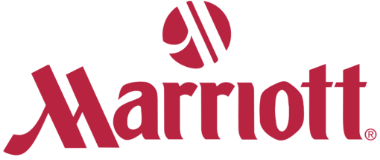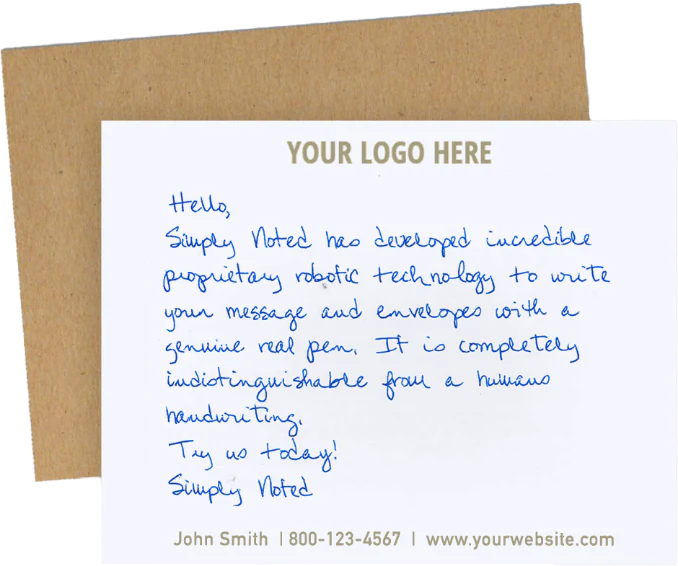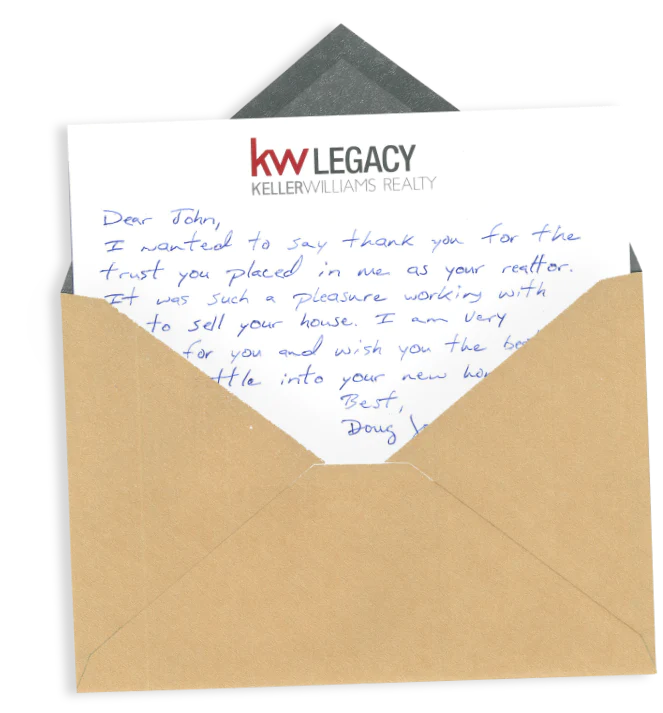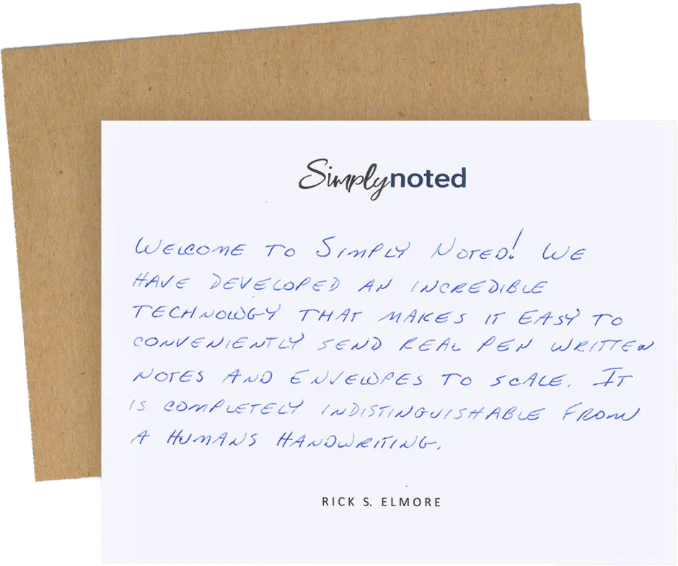Best Inbound Marketing Strategies You Need to Be Using

Have you got a great product or service, but your prospective customers don’t know you exist? Then you need to focus on inbound marketing. Inbound marketing strategies are designed to get your name out into the ether organically so that prospects encounter you naturally as they go about their lives. The more methods and channels you employ, the more ubiquitous your presence becomes until prospects start seeking you out on their own.
Inbound marketing aids in lead generation and sets the stage for your sales team. With a proper inbound strategy in place, your prospects will be familiar with your offerings before they ever speak with a salesperson. In this way, inbound marketing creates a steady stream of warm leads that help to fill your sales funnel.
GETTING STARTED WITH INBOUND MARKETING
Before you can start marketing, you need to know your audience. That’s because inbound tactics create a landscape of material targeted toward answering specific prospect pain points and questions. You’re educating your target market about topics that matter to them while indirectly selling yourself as the solution. But you can’t do that effectively if you don’t know who you’re targeting or what concerns them.
So talk to your customers. Create an ideal customer profile and buyer personas. Do your due diligence and explore your market until you’re satisfied you know who you’ll be speaking to and what they’re looking for from you. Then you’re ready to begin.
SEE ALSO: Why Handwritten Direct Mail Improves Response Rates

START BY CREATING CONTENT...LOTS OF CONTENT
Content is the grist that drives your inbound marketing mill. You’re working to share information relevant to your target audience that answers all of their burning questions. This could include:
- Blogging on your website
- Guest blogging on other, relevant websites
- Posting consistently to social media
- Starting an email newsletter
- Creating “freemium” content to give away in exchange for leads
- Releasing explainer and tutorial videos
- Crafting whitepapers, case studies, and other soft-sell materials
- Producing a podcast
- Hosting useful webinars
To get a sense of how this works, let’s follow a customer on her journey through your content.
Let’s imagine that a local eye doctor practice is interested in building its client list. Over some number of months, it publishes hundreds of articles on its website on topics relevant to its audience. These topics include eyeglasses, contact lenses, vision testing, common eye diseases and treatments, corrective techniques, and more.
All of this content gets indexed by Google and other search engines. Then, when Linda, our customer, searches for information about chronic dry eye syndrome, Google serves up one of our doctor’s blog posts. Linda learns a lot about her condition and begins perusing other articles on the practice’s website. This exploration builds trust in the source and creates confidence in their ability to help her.
Linda’s research is rewarded when the doctor’s website offers her a free informational download (more content) in exchange for her contact information. She gladly makes the exchange, and the doctors get a new lead.
The doctors begin sending Linda a monthly newsletter, which further establishes their credibility and authority in the vision field. At this point, Linda has yet to make contact with the doctor’s office, and already she trusts them and values their advice. Once she’s made up her mind about a course of action, her choice of doctor is simple.
The doctor’s inbound marketing efforts created a warm relationship without any direct contact.
SEE ALSO: How To Make Content Marketing More Personal

USE SEO TO BOOST YOUR CONTENT’S EFFECTIVENESS
SEO, or search engine optimization, is the next piece of the puzzle. You’re creating content to answer the kinds of questions potential customers are searching for. Now you need to tune into the specific keywords and key phrases that are most commonly searched for in your industry. This process takes time and research. You want to work in keywords throughout your website and content, but ideally find phrases that aren’t already very popular (read: have many people already trying to rank for them.)
SEO is both an art and a science. It’s a process that you’re constantly refining, upgrading, and revising. Google and the other search engines are continually updating the factors they rank websites with, so once you’re done with SEO, you’re never done. It’s important nonetheless.
STAY IN FRONT OF YOUR LEADS WITH EMAIL AND SOCIAL
Once you have a list of leads, you’ll want to interact with them to personalize the relationship and keep your brand fresh in their minds. Email marketing is an inexpensive way to push out updates, ask for feedback, and keep the conversation going.
Likewise, social media allows you to interact one-on-one with your customers and prospects. It’s a critical part of the equation because it helps you build relationships, often in real-time. Your brand voice and brand identity take center stage. You might host live Q&A sessions, promote new products, quickly resolve customer problems, and create a community around your offerings.
By now, we hope it’s clear how all of these strategies are interconnected. Both social and email are perfect for pushing out new content updates. Blog content can be used as material for social posts. Email helps solidify the connection made through website conversions. No one piece is more important than the rest, and all of it can be automated, which is the last piece of the puzzle.
SEE ALSO: How to Get More Referrals

AUTOMATE YOUR INBOUND MARKETING SO THAT IT’S SCALABLE
Imagine your inbound efforts netted you ten new leads a week. It wouldn’t be challenging to send out manual welcome emails. But what happens when you’re adding 50 new customers each week? And once your list grows into the thousands? Suddenly, keeping tabs becomes overwhelming. This is why marketing automation software exists.
Services like HubSpot and ActiveCampaign are examples of services that allow marketers to create automated workflows that trigger specific marketing events in response to customer actions.
To explain, let’s get back to Linda and our eye doctor. If you remember, Linda visited their website and left her contact information in exchange for a free informational download. The office’s automation takes Linda’s contact information, adds it to their mailing list, and immediately triggers a “nice to meet you!” email (as well as a handwritten welcome note, penned by our handwriting robots and mailed using Simply Noted’s automated integrations.)
SEE ALSO: How to Impact People With Handwritten Cards
Whenever the office publishes new content on their blog, their marketing automation promotes it automatically through their social channels. It also broadcasts it to anyone on their email list that showed interest in that type of content (this is called segmentation.)
To keep the office in front of their prospects and customers, the automation software also sends out occasional update emails and special offers tailored to each of the audience segments they’re trying to reach.
With automation, your inbound marketing efforts can grow with you. And that’s important because these strategies, performed diligently, will boost your web traffic, fill your funnel with leads, and make your salespeople very busy. If you haven’t yet formulated an inbound strategy, this is your golden opportunity!























